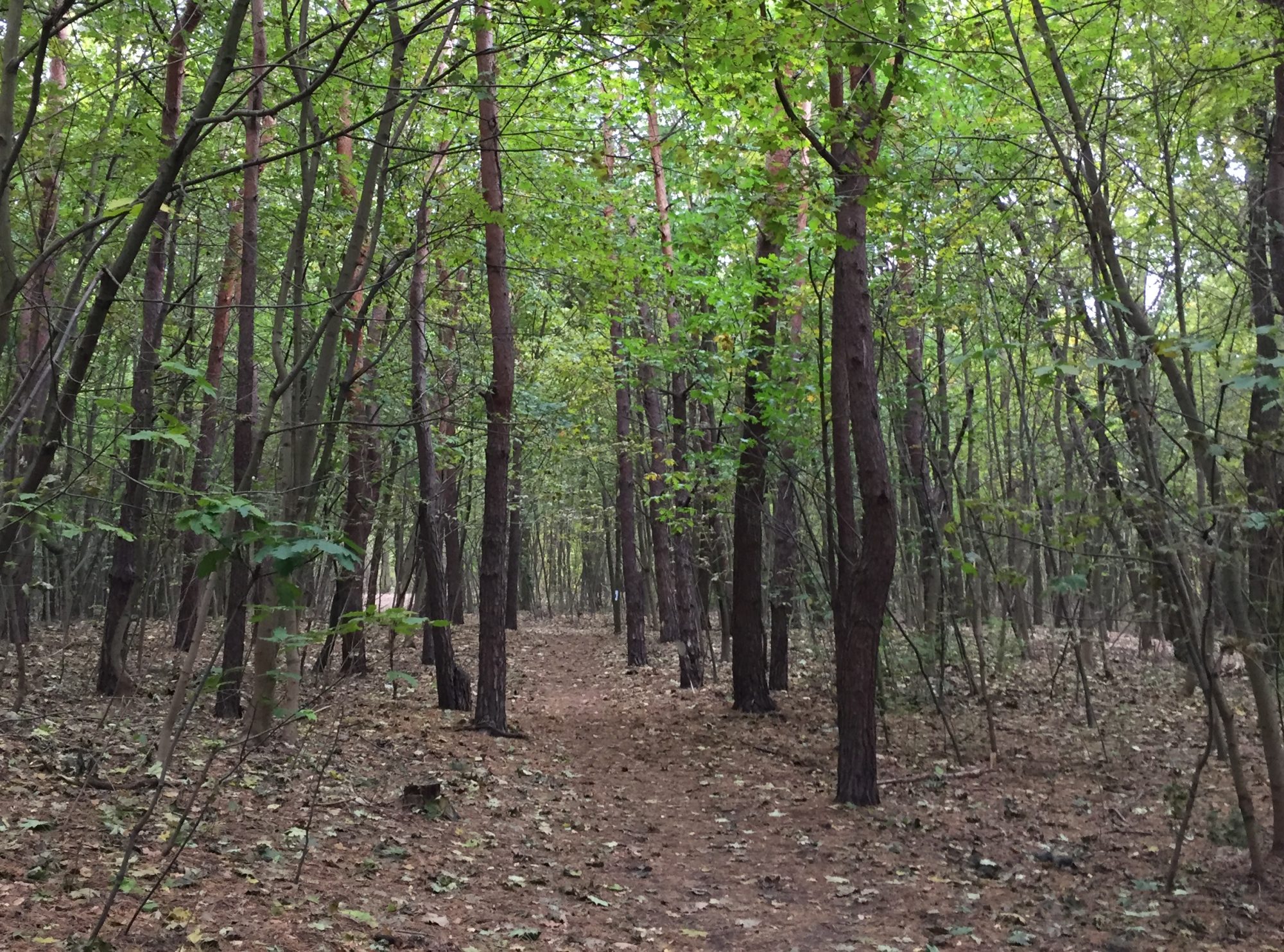I’d like to share a post that I wrote for a wonderful group of learners engaged in the study of Radiant Lotus Women’s QiGong RLWQ). Breath practices are a very important part of both Yoga and QiGong, but there is no “one size fits all” style of breathing. I specialize in breath management, and often listen carefully to the volume, pitch, pace and quality of an individual’s respiration for subtle cues. In addition, I observe where breath moves (or doesn’t move) in the body. Breath has its own language, and can be both diagnostic as well as cure. Understanding the subtleties of breath is especially important during Coronavirus times. I hope you enjoy the following letter, and find something that supports you.
Mastering the Subtleties of Breath: The Art of Ujjayi Pranayama
Dear Radiant Lotuses! A number of you are asking about how to integrate ujjayi breathing and RLWQ. I will put on my Yoga Therapist’s hat to share some information with you.
I imagine that you know about ujjayi breathing through your Yoga experiences. Yoga and QiGong complement one another beautifully. I personally delight in both.
Ujjayi means “triumphant” or “victorious” breath, and it is created by a skilful contraction of the glottis in the throat. This is much like the throat position for whispering, or for fogging a mirror.
In classical Yoga, ujjayi pranayama is taught as a stand alone practice. It is done in a seated meditation pose, as part of a series of breath-based energy practices that remove stagnations in our body, mind and breath. These same practices also build concentration, and prepare us for meditation. (Pranayama is more than “breathwork”; it is a cultivation of prana, which is identical to Qi.)
In Modern Postural Yoga, ujjayi is used while moving through sequences (vinyasa) and while experiencing poses within stillness (asana). This blend became popular with the teachings of Pattabhi Jois in the west, and what we call “Ashtanga Vinyasa Yoga” or even Power Yoga today. This style of Yoga came to North America in the 1970’s, and exploded in the 1990’s. Interest continues today, and many related styles of Hatha Vinyasa Yoga have been birthed as a result.
(By the way, Ha-tha means Sun-Moon! Isn’t that lovely? Action and Repose, Yang and Yin…. and the traditional meaning of Ashtanga Yoga means “eight-limbed” Yoga, which includes the cultivation of ethics and kindness alongside that of body, mind and breath.)
Back to Pattabhi Jois’ Ashtanga Yoga, which combines a specific sequence of poses that are carried out while practising audible ujjayi breath, and engaging a toning of the perineal region (called mulabandha in Yoga). This form of Yoga was created for teen age boys. The breath and pace are strong, in order to build heat and sweat, and to channel and match the energy of that age and stage of development. Audible breathing becomes a focal point to discipline the mind, and to maintain a steady rhythm.
This type of Ashtanga Yoga, and its particular use of ujjayi breathing throughout, is primarily a male practice. It is very yang.
Many women have been drawn to this form of Yoga, and many have excelled at it. It is however not a yin practice.
Many of us in this group love Yoga and QiGong  We long for women’s forms of both; forms that speak to our unique bodies, experiences, strengths and cycles.
We long for women’s forms of both; forms that speak to our unique bodies, experiences, strengths and cycles.
Thank you for your patience in this history lesson! I hope it has given some context to the relationships of qigong, Yoga, yin and yang….
As to ujjayi breathing: the louder the breath, the more yang it is. The softer the breath, the more yin it is. The same is true of tempo: faster is more yang; slower is more yin. When we slow down our exhalations, as Daisy Lee teaches, we settle and calm our nervous systems.
Like any other muscle, the glottis can be held too tightly. There are many reasons for this, that range from misunderstanding to pushing too hard. Here is another case, where “less is more”. When making ujjayi sound, the feeling inside the throat itself is best likened to that of a yawn. This maintains spaciousness in the throat, which supports freedom in our throat chakra, the center of self-expression (aka the 4th dantian in Radiant Lotus Women’s QiGong). 
It is wonderful to play with ujjayi breathing and qigong! It is even better to understand the rationale behind the breathing itself, and how to use its medicine wisely and well.
We are living in stressful times, and we are exploring our feminine wisdom in this program. For both these reasons, a very soft and subtle ujjayi is a wise choice. Emilie Conrad, founder of Continuum, taught “lunar breathing”, a way to create ujjayi as softly and smoothly as possible….. “like a shimmering mist”. This is such a beautiful and transformational way to interpret ujjayi…. and exquisitely feminine. A woman’s version…. It also brings a delicate silence to the mind.
Ujjayi exists on a spectrum, from loud to soft, and from fast to slow. It can be tuned like a musical instrument. It has colour, texture, feeling. It is not a “one size fits all” technique.
If you’re playing with ujjayi breathing in your qigong practice (or even in your Yoga practice), see if any of these ideas bring something new or fresh to your experiences.
I wish you great joy and wonder in your explorations and self-cultivation 
